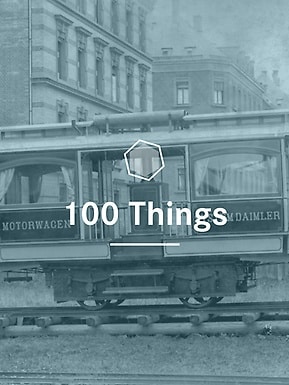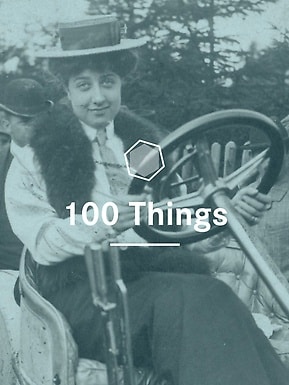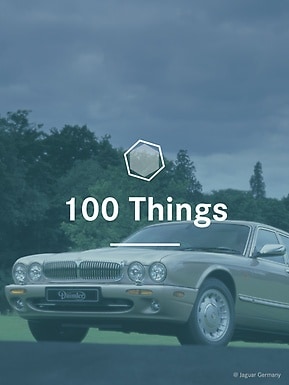Policemen in West Germany first used green-and-white patrol cars to hunt down criminals in most of West Germany back in the 1970s, when baddies on the run were still likely to be wearing bellbottoms. After the turn of the millennium, policemen drove patrol cars that were green-and-silver, then blue-and-silver — much more like the cool cops in Hollywood thrillers. These changes were part of the harmonization process within the EU — which supposedly began with rules on how curved EU cucumbers were allowed to be.
But who came up with the idea that all German police cars should be painted a shimmering “Brilliant Silver”? It wasn’t the bureaucrats in Brussels — it was Daimler!
At the end of the 1990s, the Ministry of the Interior of the state of Baden-Württemberg launched the “Technology Future Program”. Among other things, it called for a renewal of the state’s fleet of police cars. The aim was to lease the vehicles instead of buying them. DaimlerChrysler won the Europe-wide call for tenders and received the order for a total of 3,800 leased cars and vans. It then came up with a revolutionary idea: converting the patrol cars back to normal vehicles. But how could these special-purpose vehicles be converted back into production vehicles as easily and economically as possible to improve their resale value?
One specific answer to this question was that white should no longer be the vehicles’ basic body color, as had been the case since 1975. Instead, it should be silver, because the post-leasing resale value of a silver vehicle on the used car market was higher than that of a white one. What’s more, thanks to a special vehicle wrapping process, the green wraps on the vehicles’ moving parts could be easily removed. The roof bars with the special police equipment could also be dismounted without too much trouble by going through the opening of the sliding roof.

































